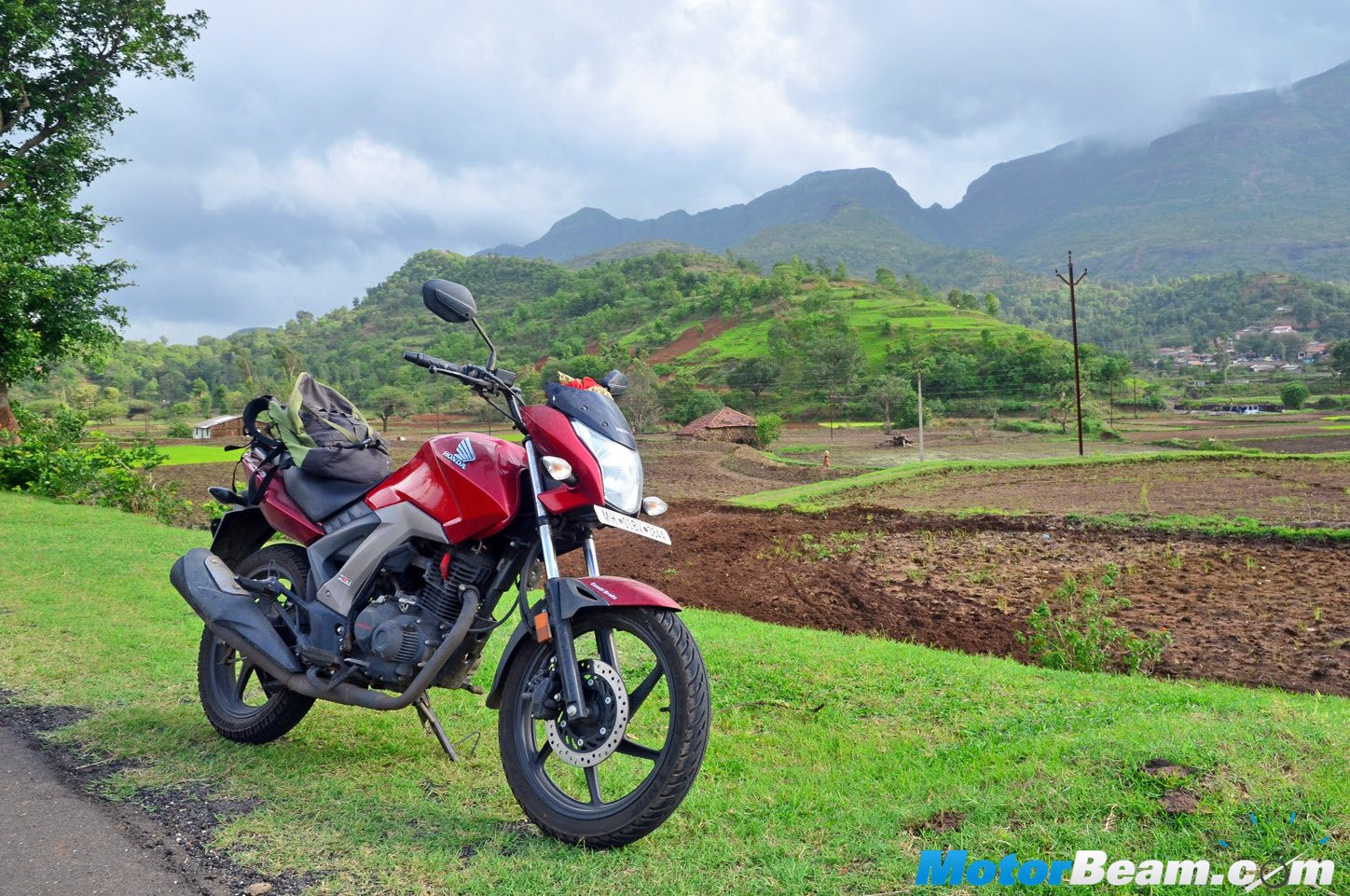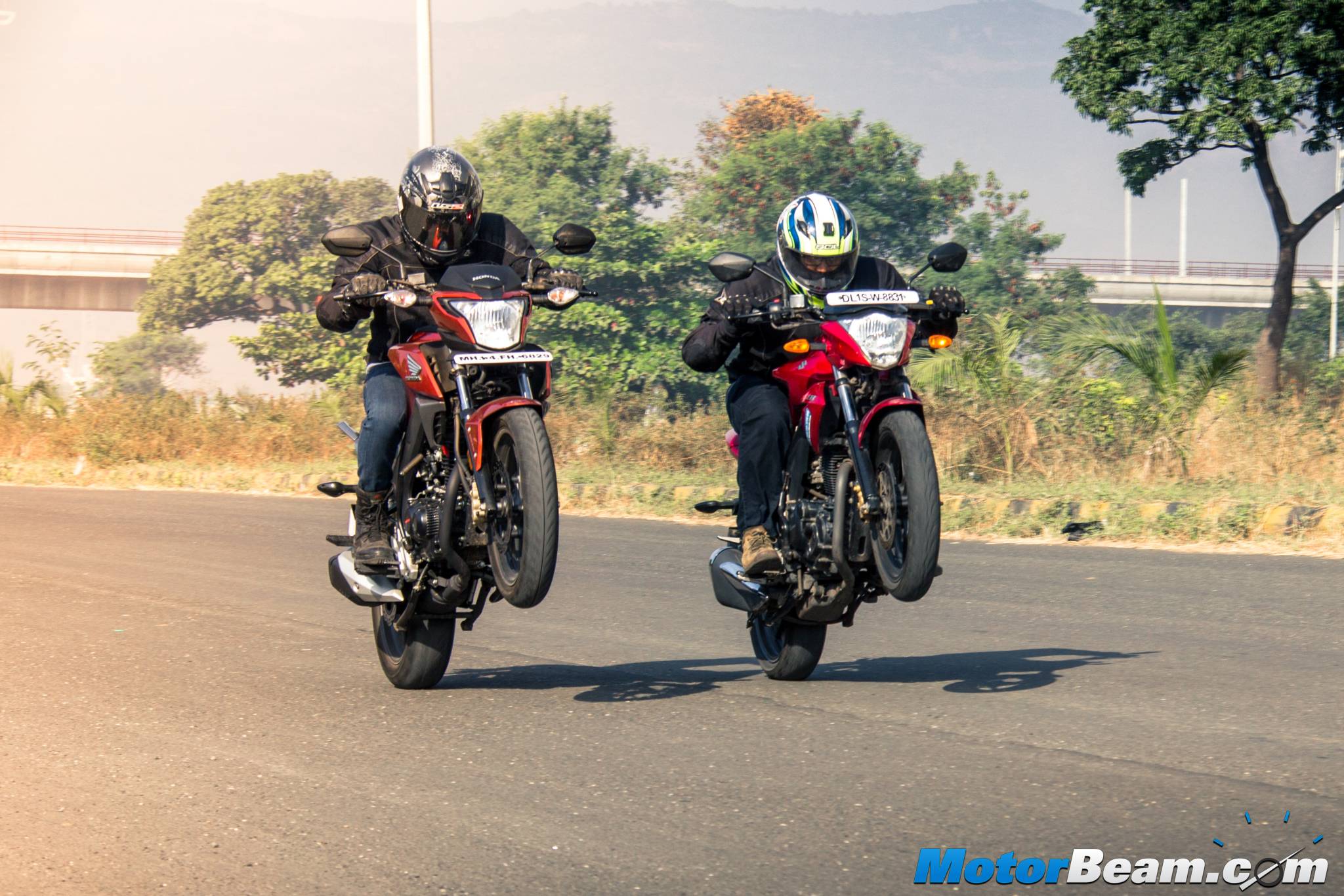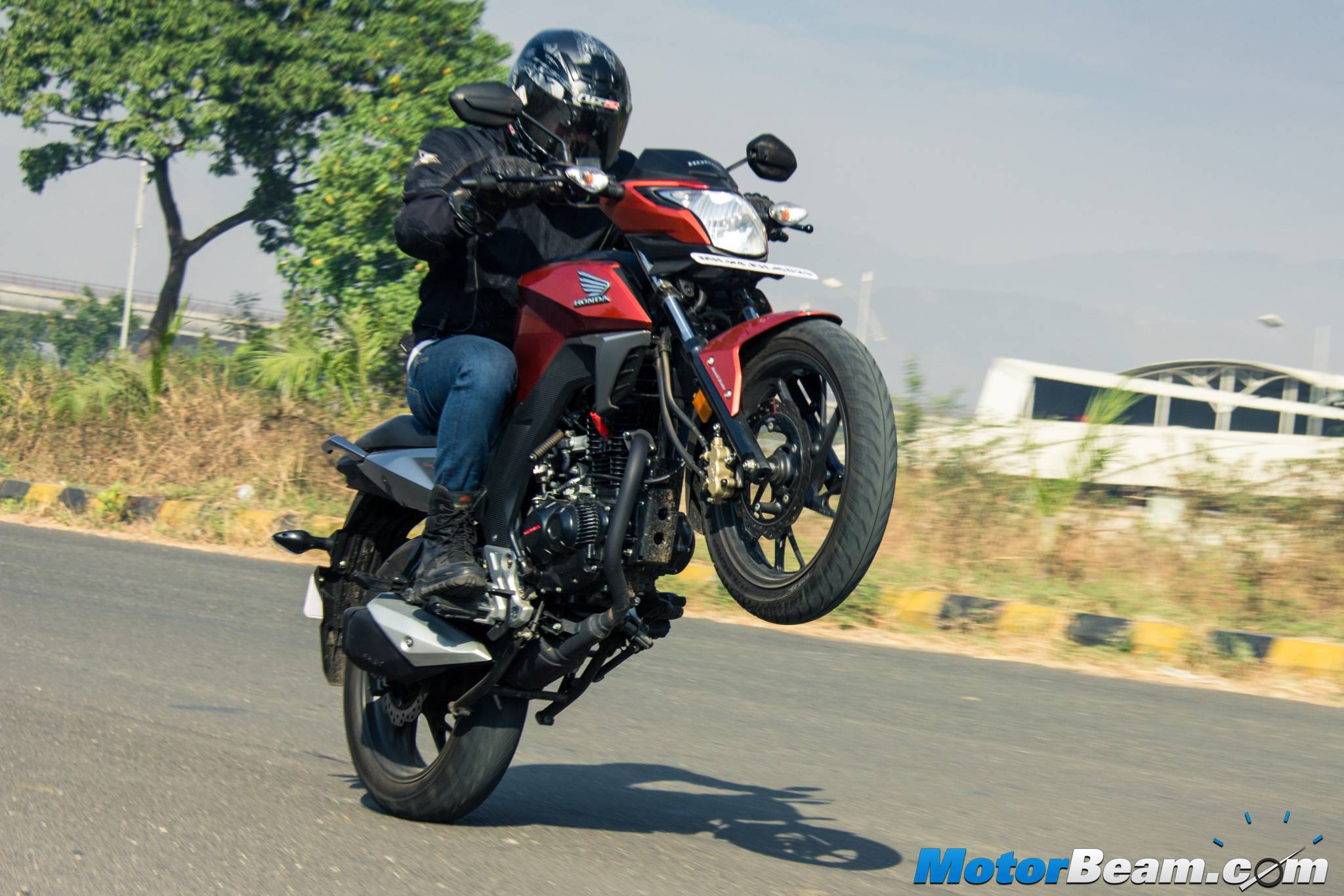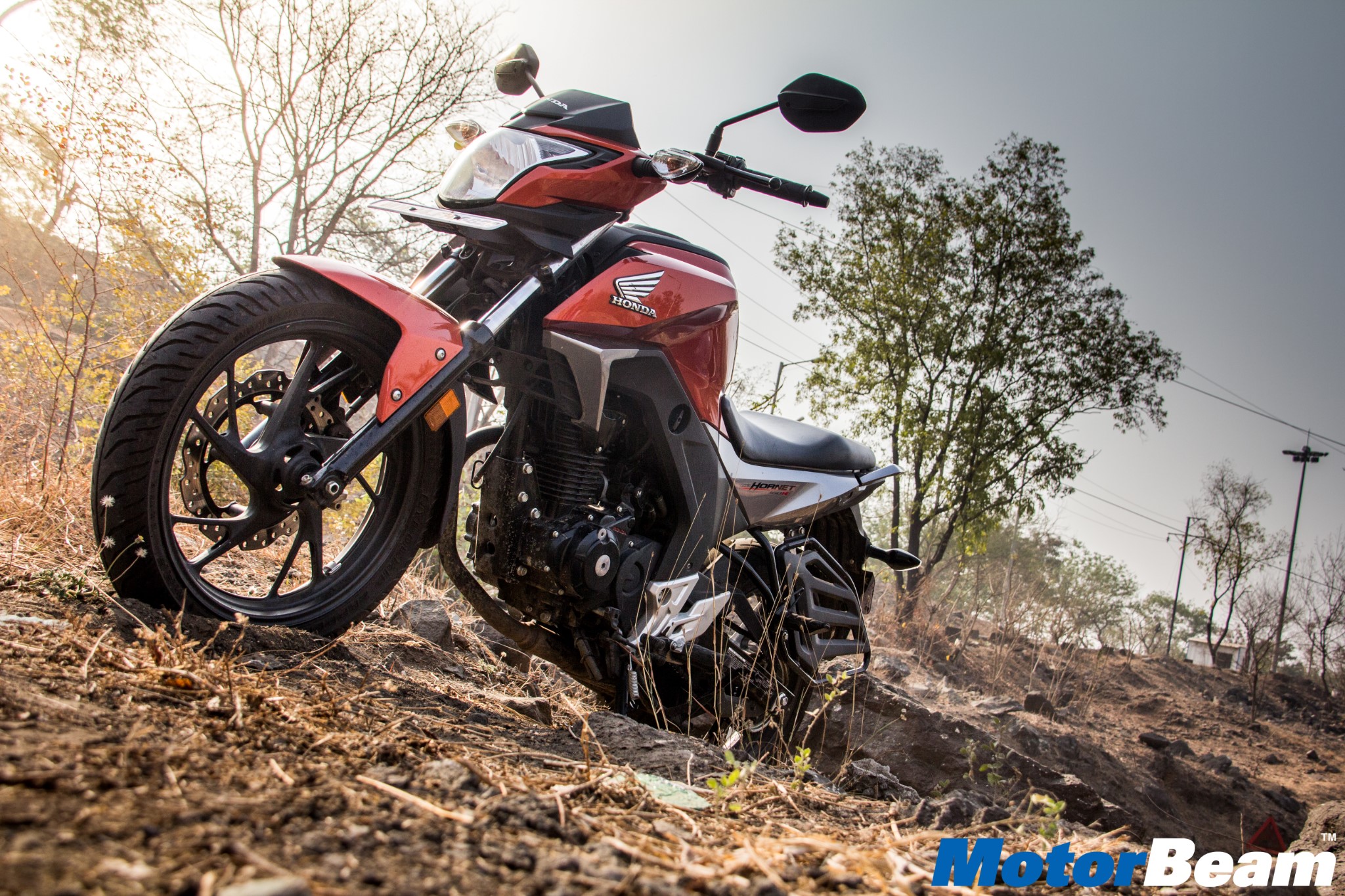
Honda CB Hornet 160R Long Term Review – Initial Report
The Honda CB Hornet 160R is a good attempt by Honda to crack the premium commuter space
As soon as you talk about the Hornet in front of anyone, they curiously ask that which segment is the bike in. When they hear the reply, the question that comes back is, doesn’t the CB Unicorn 160 cater to the same segment? Well, it partly did cater to the same segment. But, when you want to eek out more profits from a product, you have got to dress it up smartly and market it as a premium product. This is what Honda has done with the Hornet 160R. So how does it fare in the real world conditions?
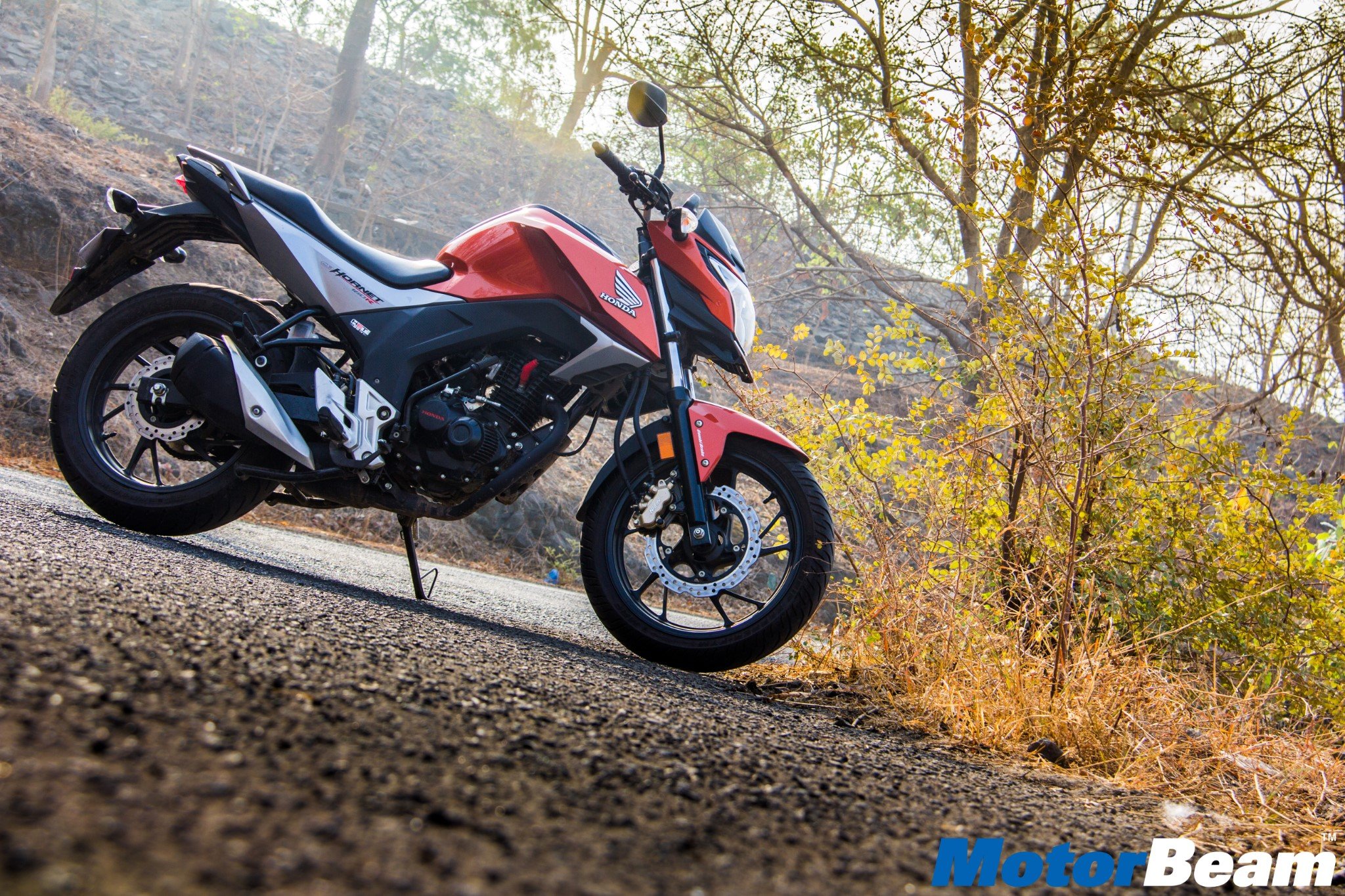
Starting with the looks, the Honda CB Hornet 160R looks rather smart. The muscular styling lends it great appeal and makes it look bigger than it actually is. The front headlamp looks smart whereas the X-shaped tail light looks very attractive too. The tank gets a faux carbon-fibre plastic insert which looked nice in the beginning but with use, it has faded quite a bit and spoils the look. The alloy wheels have an interesting design too. Overall, the motorcycle doesn’t resemble the CB Unicorn 160 at all which is certainly a good thing considering it has been positioned at the youth.
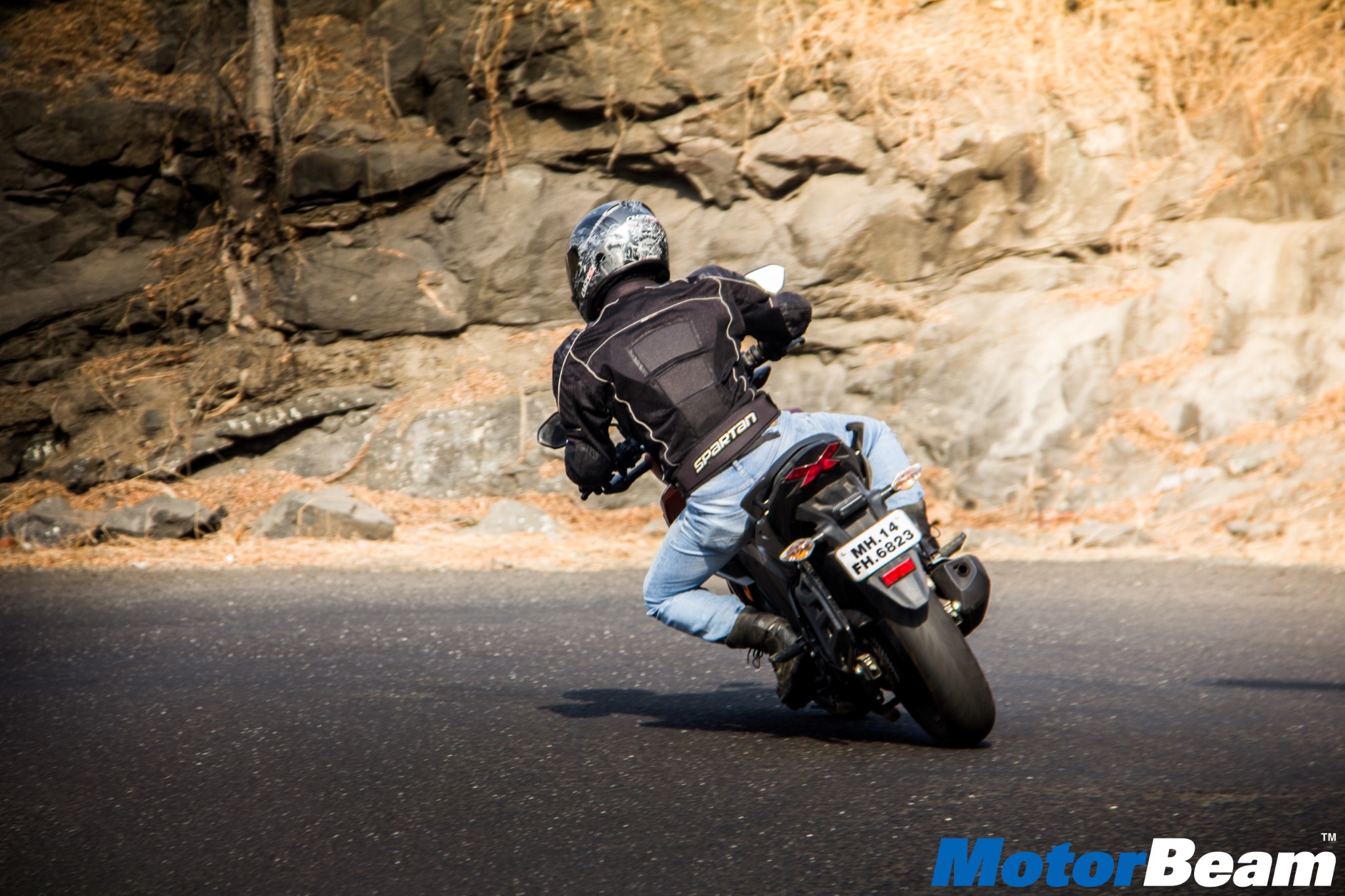
The CB Hornet 160R grabs some attention due to its orange paintwork
The riding position of the Honda CB Hornet 160R is slightly sportier than the CB Unicorn 160. The latter has front set footpegs making for a completely upright riding position whereas the Hornet gets slightly rearset footpegs which change the riding position ever so slightly. The wide rear tyre does make it a little slower than its sibling but it helps it handle better. The seat is wide and comfortable for both the rider and pillion. The biggest grouse I have with the motorcycle is the spartan instrument console and the ancient switchgear which misses an engine kill switch.
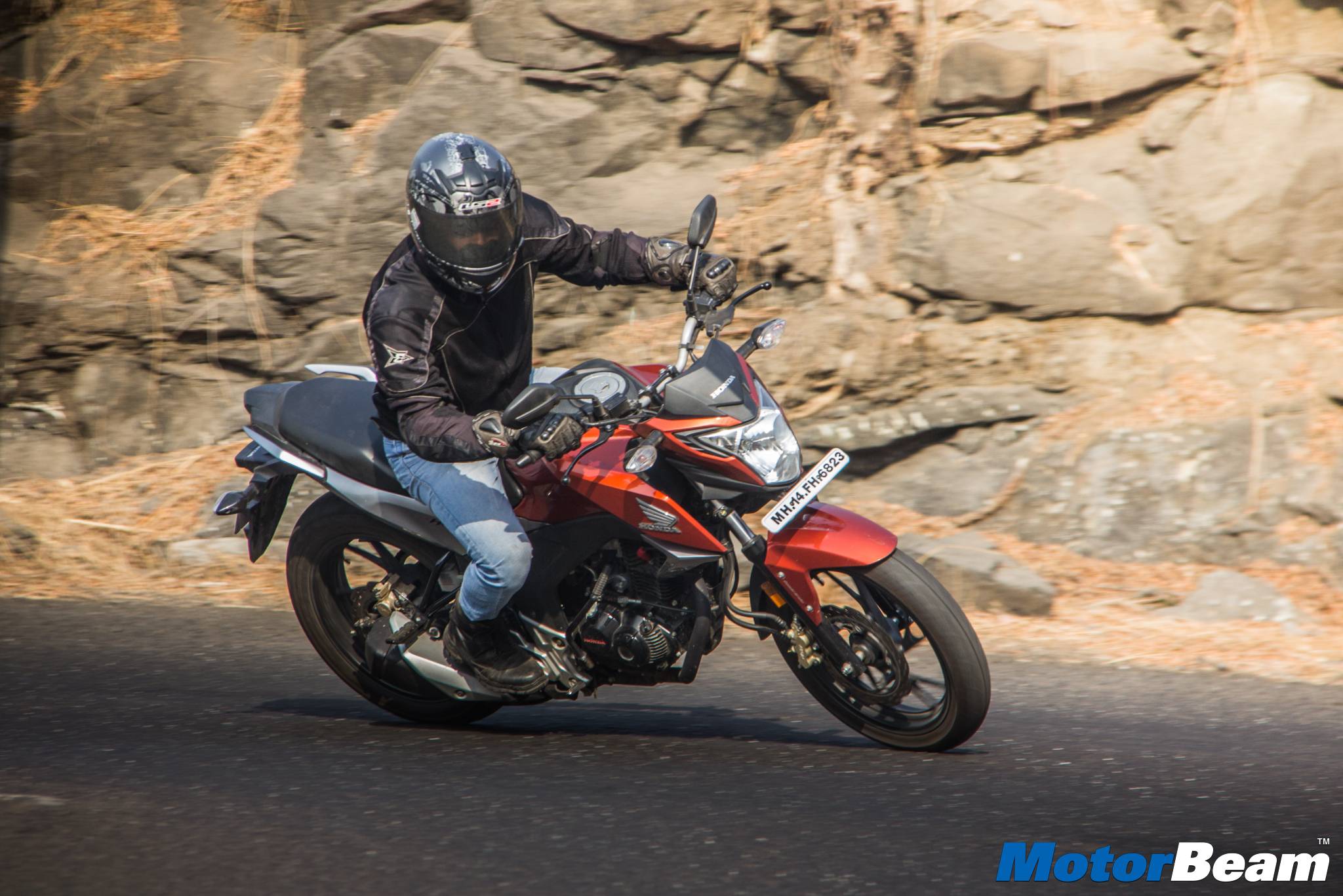
The engine on the Honda CB Hornet 160R is the same 162.7cc unit seen on the CB Unicorn 160. The most powerful engine in its class, it makes riding on open roads very pleasurable. Redlining the motor is very satisfying and the powerplant never seems to complain. However, it does complain when you ride at low speeds in higher gears and this is due to lack of low-end torque, a typical Honda trait. Goes without saying, the motor is butter smooth and not many vibrations are felt anywhere. Being the first at a signal will make you want to launch the motorcycle, redline it in first two gears until you hit traffic.
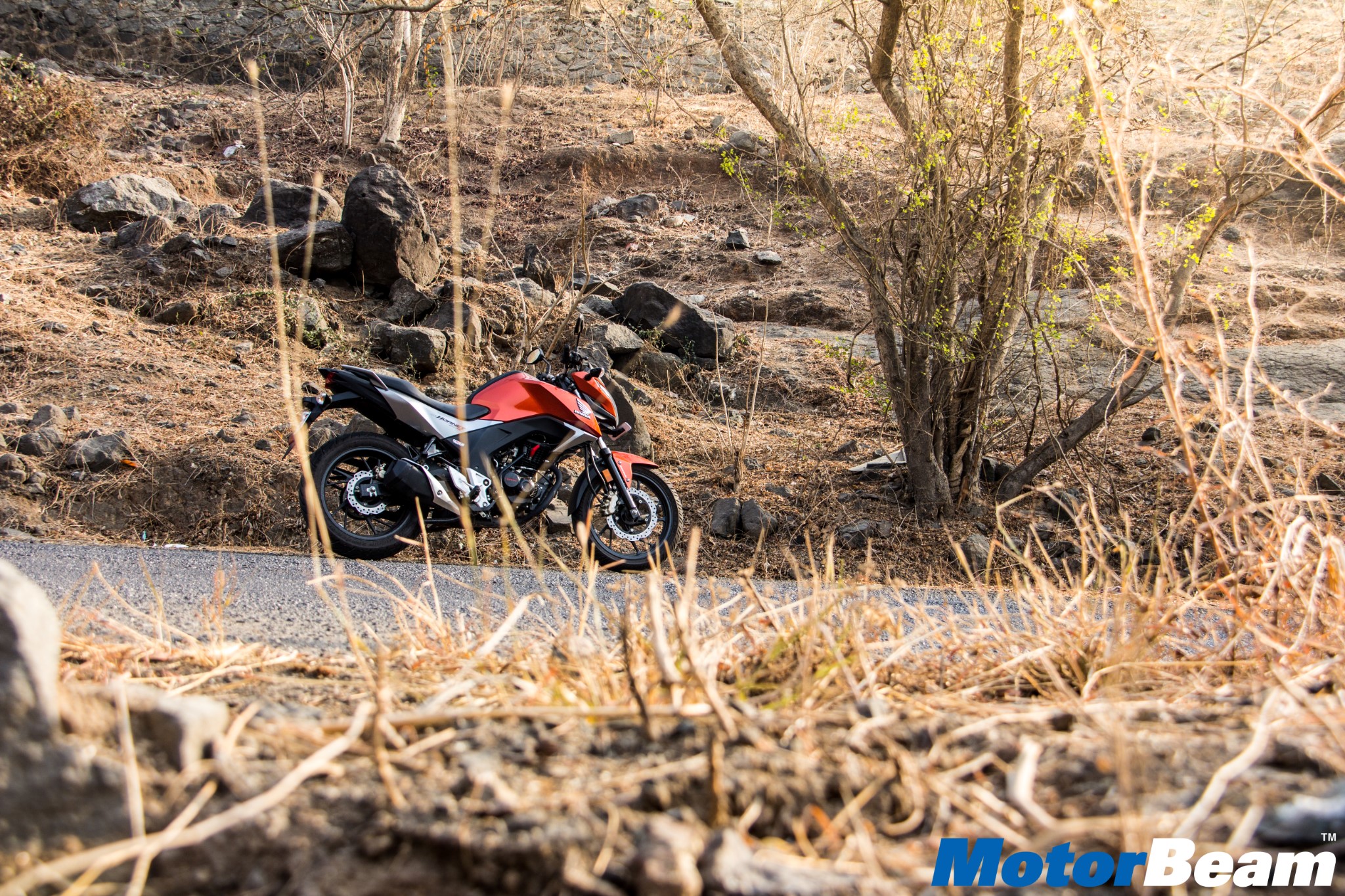
Although the CB Unicorn 160 didn’t come with a rear disc brake, the Honda CB Hornet 160R comes with one. Combined with the CBS (combi-braking system), the stopping distance has reduced by a fair margin. The suspension is a bit towards the stiffer side and isn’t set completely for comfort. On bad roads, while minor undulations aren’t transferred to the rider, slightly bigger ones are certainly felt. The dual disc brake setup is a lot more confidence inspiring than the single disc setup on the CB Unicorn 160. The fuel efficiency has been reasonably good with the bike returning between 35 km/l to 45 km/l depending on the rider and the riding style.
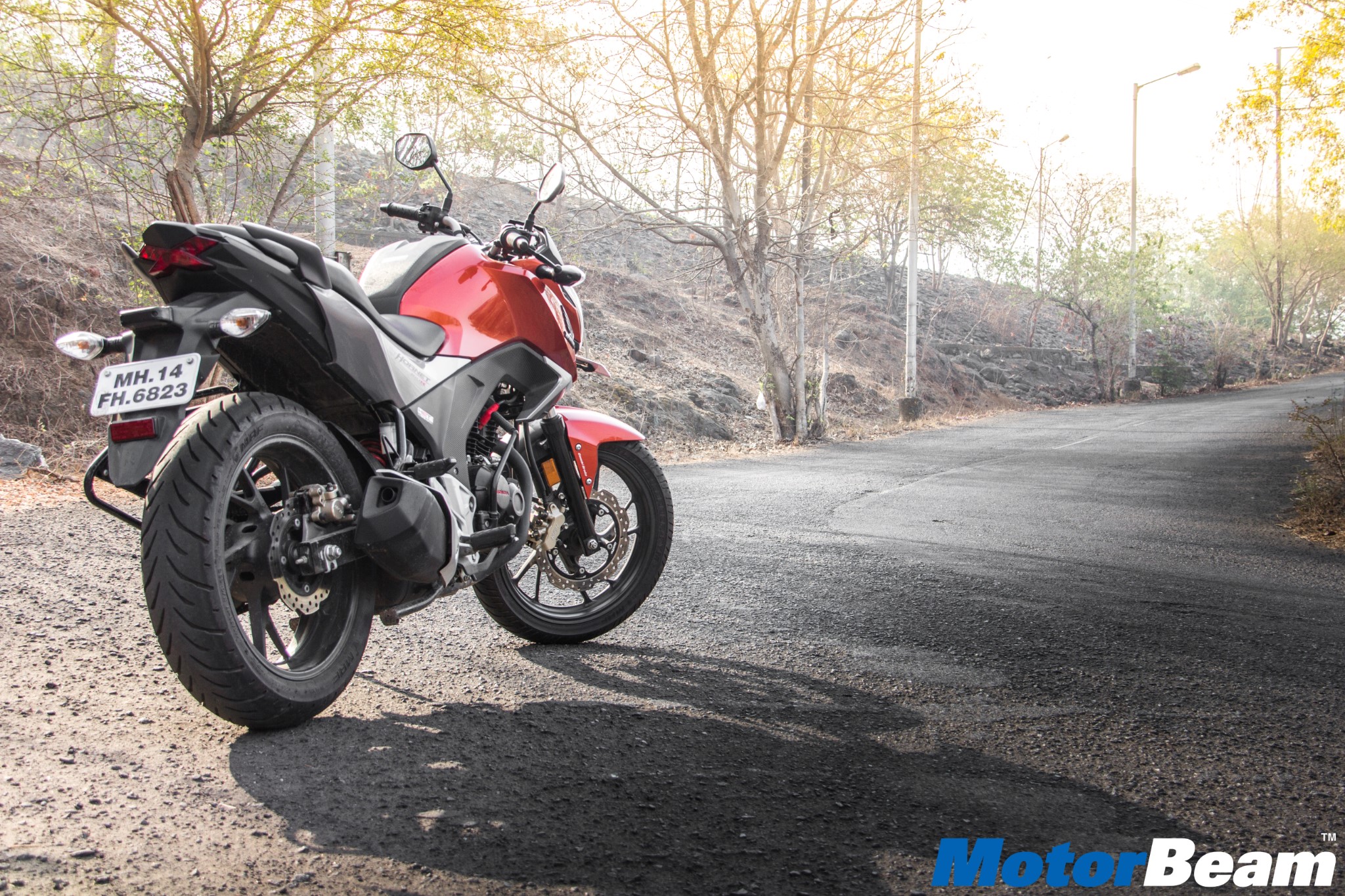
To sum it all, the Honda CB Hornet 160R makes for a great daily rider if you can put up with the missing low-end torque. It takes the best elements of the CB Unicorn 160 and gets some other elements to create a package which is better than the older motorcycle. This also reflects in the sales as the Hornet has eaten Unicorn 160’s sales completely. Personally, I would choose the Suzuki Gixxer over it which still remains a hot favourite in the MotorBeam garage although the Mahindra Mojo is the bike whose keys everyone desires for now.
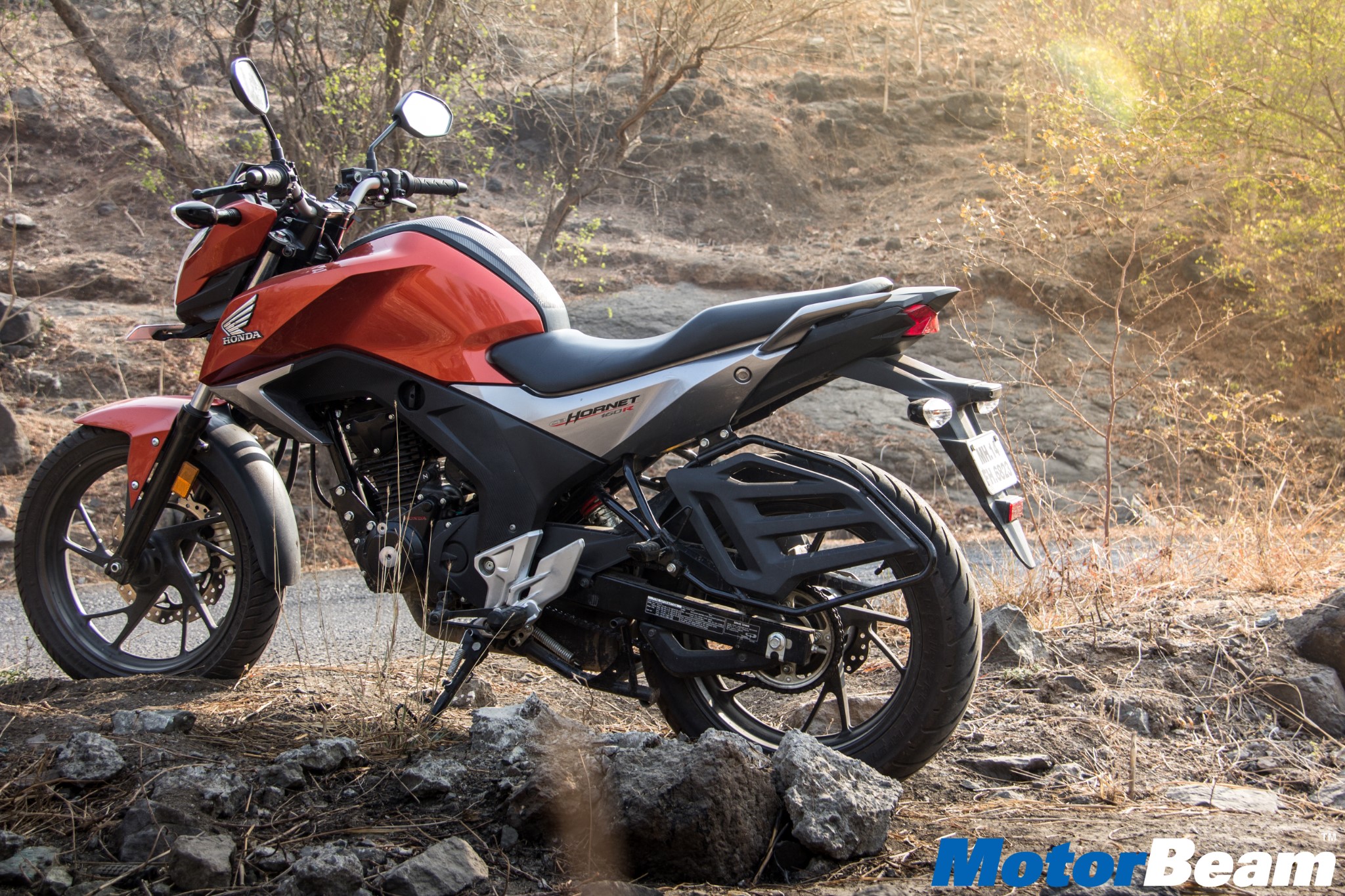
Further Reading –
Honda CB Hornet 160R Long Term Video
Honda CB Hornet 160R Video Review
Honda CB Hornet 160R Test Ride Review
Honda CB Hornet 160R vs Suzuki Gixxer
Honda CB Unicorn 160 Long Term Review – Initial Report
Honda CB Unicorn 160 Long Term Review – Final Report


